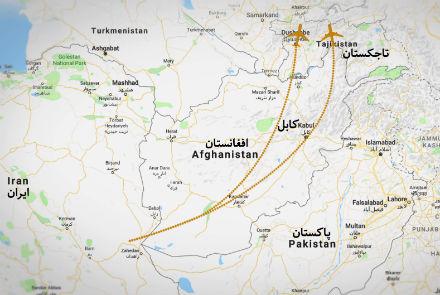The Independent Civil Aviation Authority has opened two new air routes for the flights between east and west Asia using Afghanistan’s airspace.
The first air route is newly-designed which crosses through China. The direction of the second air route has changed from Pakistan to Iran’s airspace and it has been approved by the International Civil Aviation Organization, head of the Afghan Civil Aviation Authority, Mohammad Qasim Wafaeezada, said.
The decision has been made as Pakistan’s airspace remains closed to commercial flights since February.
“First, the new air routes will provide the context for further regional connectivity. And second, it is a very short route for airlines such as Fly Dubai, Qatar Airways, Emirate Airways,” he said. “Considering the limitations and problems which we experienced with the closure of Pakistan’s airspace, the new routes will be alternative airways for flights crossing over Afghanistan space and will increase the civil aviation revenues.”
Statistics by the Afghan Civil Aviation Authority show that the number of flights crossing Afghanistan’s airspace has decreased by 95 percent following the closure of Pakistan’s airspace.
The statistics also indicate that Afghanistan has lost $27 million in civil aviation revenues since February.
At least 300 to 500 airplanes were crossing Afghanistan’s airspace when Pakistan’s airspace was open but the number has reduced to 20 flights, according to statistics by the Civil Aviation Authority.
Afghanistan receives $700 from every flight which crosses its airspace, officials said.
But the Kabul-New Delhi flights still need more time and charges if compared to the flights which crossed Pakistan’s airspace to reach India.
“We have cargo flights and there is no problem. But the problem is with the cost because flights cost has increased by 20 percent and naturally increase in costs will have a negative impact on selling of our products in Indian markets,” said Jan Aqa Nawid, a spokesman for Afghanistan Chamber of Commerce and Industries.
Afghan Civil Aviation Authority’s officials said they are in talks with Indian and Chinese authorities to address the problem.

